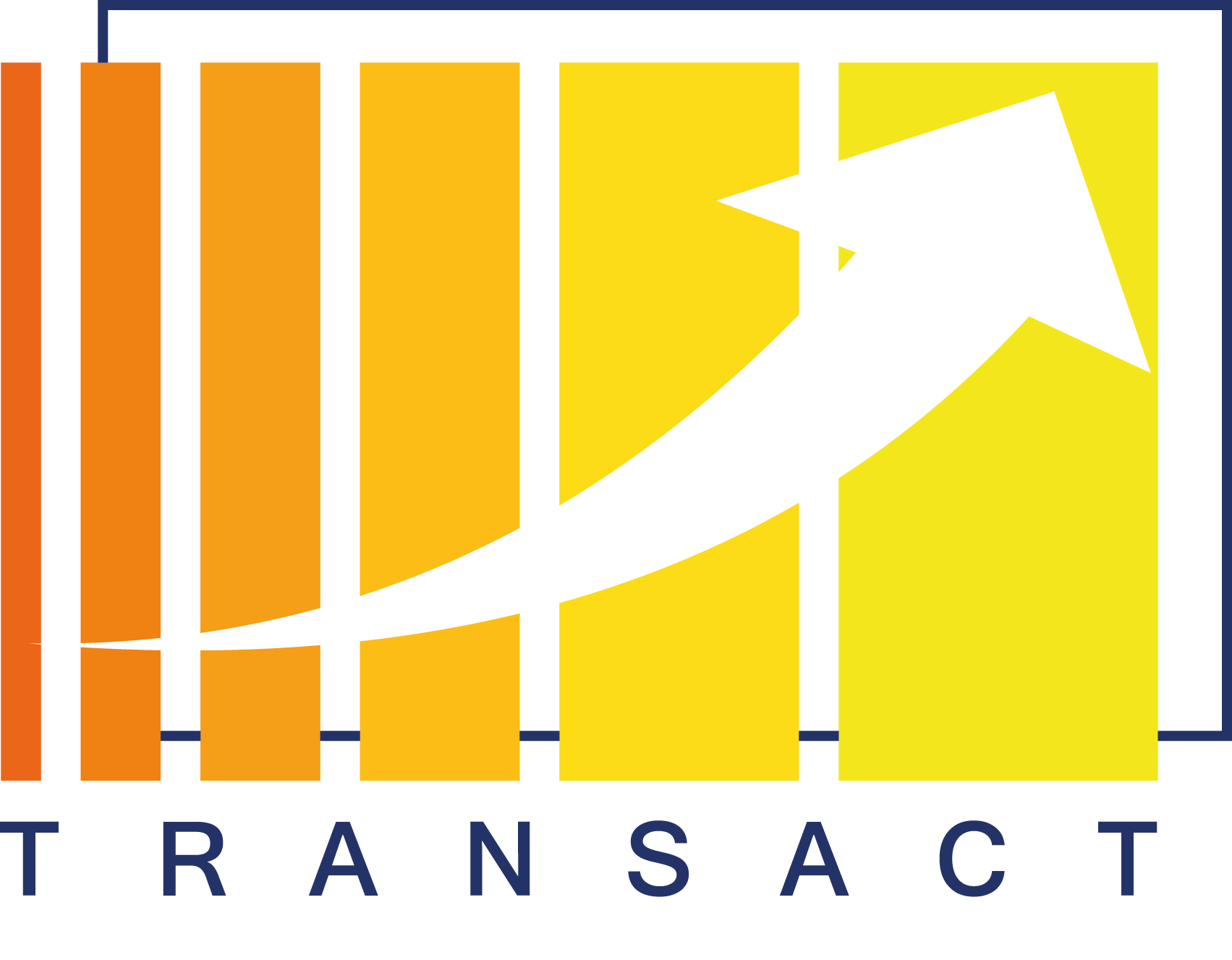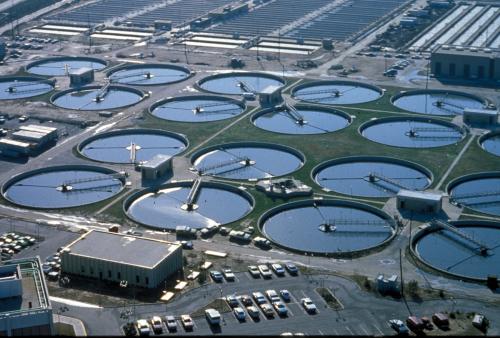European water consumption will increase by 16% in 2030 and 700 million people worldwide could be displaced by intense water scarcity by 2030. As an alternative freshwater resource, reclaimed water from wastewater treatment plants (WWTPs) can be used for agricultural irrigation amounting to 32% as the largest application for water reuse globally. WWTPs are key infrastructures for ensuring a proper protection of our environment and resource management.
WWTPs collecting urban and industrial wastewater combine several serial processes for achieving the required quality to be discharged into the environment or reused. Sometimes, the environmental areas where the treated water is discharged are sensitive or protected areas and therefore, the correct water depuration has a strong impact in the environment, population welfare and agriculture in the surrounding zones. Therefore, disruptions and dysfunctions in the management of the main processes related to the achievement of proper water quality may lead to high risks to the society, the environment and the local economies.

Today’s WWTPs are automated with Supervisory Control and Data Acquisition (SCADA) systems that centralize the control and monitoring of the WWTP executing multiple local control loops in a monolithic and constrained system. SCADA software allows monitoring the state of the processes, acting on the components of the process control system. It allows the operation, maintenance and supervision of the process, modify recipes or batch sequences, edit actual values or contact the process through automated systems. It also processes station alarms and requirements to the operator. It is possible to control and modify the devices installed in the plant from the control centre, semi-automatically, and always via PLC. The supervision function is based on user interaction through graphical interfaces, lists of signs, bar charts, trend curves etc., which offer a faithful reflection of the state of the system at all times. A local area network (LAN), such as Ethernet, links the controllers to the workstations as well as to one another. Remote terminal units (RTU’s) are used at remote sites and usually exist in vulnerable areas, such as pump stations.
The TRANSACT Demonstrator
The inclusion of cloud systems in WWTPs will benefit the process control and will improve water quality. The aggregation of data at the cloud tier will enable an aggregated cross-WWTP analysis that will enhance the analysis and achievement of insights by the operator and also lead to newer more advanced applications (predictive maintenance) that will result in a reduction of downtime, costs and a better service.
Eventually, aggregating data from several facilities in a single management tool will allow obtaining comparative indicators between different facilities and to improve failure detection, increase the understanding of water processes and, finally, lead to a better water quality. In this sense, the use case plans to study the transfer of the current signals, laboratory measurements and selected control loops from WWTP (such as critical events of industrial discharges) to the cloud. This way, critical equipment and critical quality and production KPIs will be monitored through advanced services and applications deployed in the cloud. Building on this distributed infrastructure, the use case will provide a series of novel decision support tools and services for WWTPs:
- An enhanced spill detection function, with a predictive flavor able to assist operators and potentially automate some actions.
- A Maintenance Management function to deploy models resulting from the predictive maintenance modelling performed at the cloud tier.
- A Predictive Maintenance modelling function, gathering data from multiple WWTPs to create an accurate model that can be leveraged in the different plants.
- A Cross-WWTP operation analysis service for comparing different performance ratios and metrics coming from different WWTPs to assist current decision mechanisms.
- A series of improved visualization tools at WWTP and cross-WWTP levels.
The implementation of decision support tools and advanced monitoring on a multi-plant basis approach will lead to important savings in operational expenditures, energy, reagents or additives, personnel necessary to recover damaged reactors, etc.
The benefits of moving from the current monolithic/centralized SCADA to a distributed system will allow the achievement of the following specific objectives:
- Anticipate and avoid failures due to undesired discharges to the sanitation network through an enhanced control loop that allows to speed up the WWTP response, lowering risks.
- Adopting predictive maintenance strategies to avoid downtime and improve operation by cross-WWTP analysis.
- Creating a data lake at the cloud for cross-WWTP analysis and creation of AI models.
- Allowing current systems and equipment to scale backed by the edge tier.
- Improving the management and operation of similar WWTPs through joint data analysis.
- Minimising operating costs in terms of energy and reagents, this will not only aim at cost reduction but also at reducing environmental impact, reducing the production of greenhouse gases thanks to an improved energy management.
- Assist WWTP personnel in the undertaking of safety-critical decisions.
We will implement the demonstrations initially in three WWTPs sites in Spain.




No responses yet